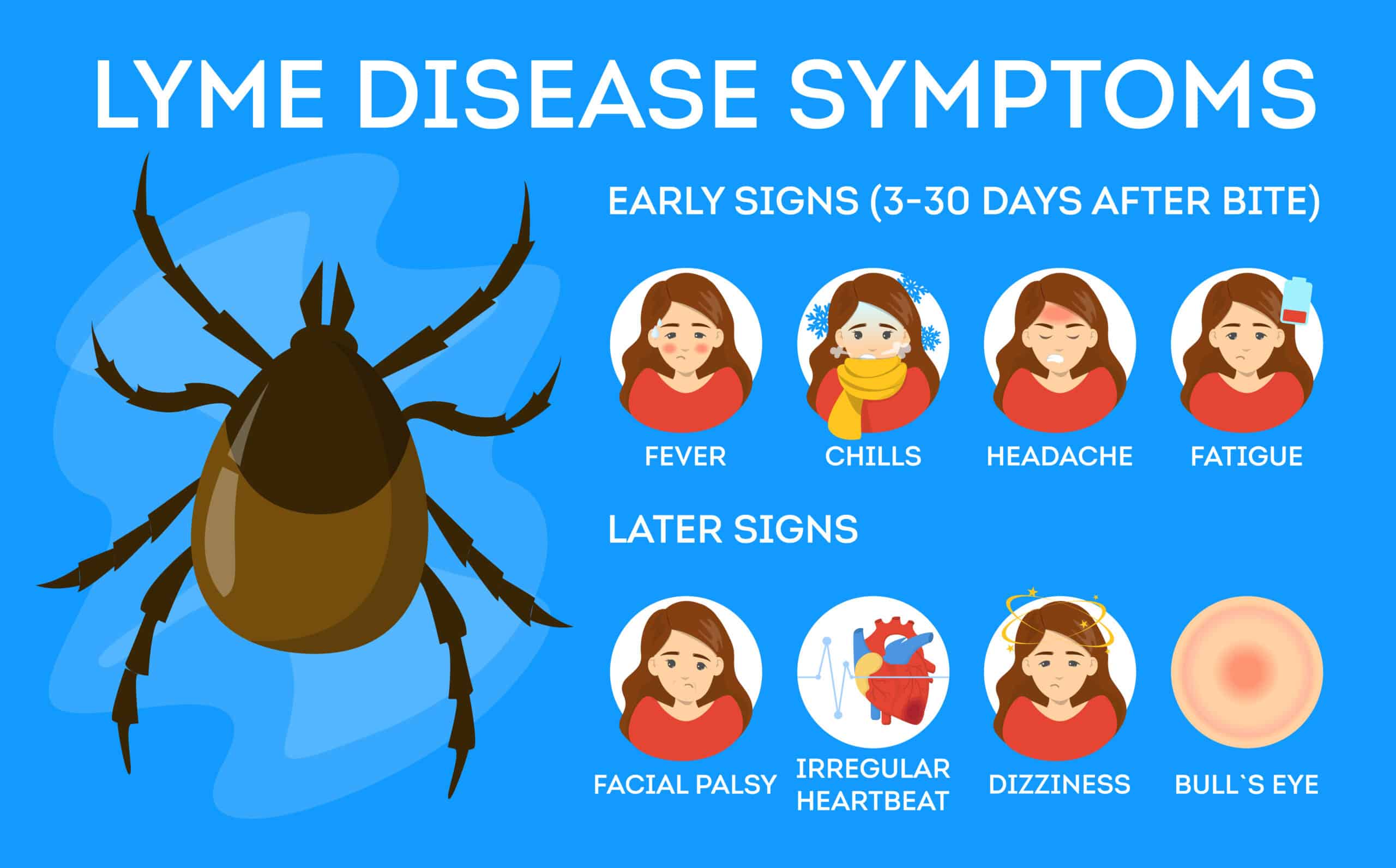Inspired by recent disclosures from Justin Timberlake and other celebrities, here’s what you should know about Lyme disease — a serious condition that’s easy to miss and hard to shake off.

The 43-year-old artist described it as “relentlessly debilitating, both mentally and physically.” That’s not just showbiz hyperbole. Experts say Lyme disease, especially when diagnosed late, can impact everything from joint movement to memory to mood, often mimicking other chronic illnesses.
So what exactly is Lyme disease? And why are so many high-profile names — including Justin Bieber, Shania Twain, Avril Lavigne, and Alec Baldwin — stepping forward now?
What Is Lyme Disease?

“Lyme disease is caused by a bacterium — Borrelia burgdorferi — transmitted through the bite of an infected tick, typically the black-legged or ‘deer’ tick,” says Dr. Prashant Sinha, Head of Emergency and Internal Medicine at PSRI Hospital, New Delhi.
These ticks are small — about the size of a poppy seed — and their bite is usually painless. That makes early detection tricky.
While Lyme disease is most prevalent in North America, parts of Europe, and northern Asia, climate change and global travel are shifting those boundaries. Cases in countries like India are rare, but not impossible.
How Does It Start?

The first signs typically emerge 3 to 30 days after a bite. Some people get the characteristic bull’s-eye rash — known as erythema migrans. Others may only experience general symptoms: fever, fatigue, headache, body aches, or swollen lymph nodes.
It’s these vague early symptoms that make Lyme disease such a diagnostic challenge.
“If caught early, it’s very treatable with antibiotics,” Dr. Sinha explains. “But if missed, it can travel through the bloodstream, reaching the joints, heart, and nervous system.”
The Long-Term Impact
Without treatment, Lyme disease can morph into a multisystemic condition. It can cause:
-
Joint swelling and arthritis-like symptoms
-
Neurological complications like Bell’s palsy (facial paralysis)
-
Heart rhythm disturbances
-
Cognitive difficulties — commonly described as “brain fog”
That’s why many patients with late-stage Lyme are often misdiagnosed with autoimmune diseases, chronic fatigue syndrome, or even depression.
“It’s not uncommon for patients — especially women — to hear that their symptoms are psychosomatic,” Dr. Sinha adds. “And that delays effective care.”
Can It Be Treated?
Yes — particularly when diagnosed early.
The first line of treatment is a 10- to 21-day course of antibiotics, usually doxycycline or amoxicillin. If the infection has reached the central nervous system or caused joint swelling, IV antibiotics might be needed.
But there’s a catch. Some patients — even after successful treatment — continue to experience fatigue, pain, or mental fog for months or years. This is called Post-Treatment Lyme Disease Syndrome (PTLDS). And it remains one of the most frustrating aspects of Lyme.
“There’s no current test to confirm PTLDS,” Dr. Sinha says. “Which means management focuses on symptom relief, lifestyle adjustments, and long-term follow-up.”
Life After Lyme: A New Normal
Recovery from Lyme disease isn’t just about pills.
Patients often benefit from:
-
Support groups
-
Mindfulness practices and meditation
-
Acupuncture and physiotherapy
-
Anti-inflammatory diets and adequate sleep
“It’s not a straight line,” one survivor noted in a support forum. “It’s a spiral. Some days you climb. Some days you fall.”
When Celebrities Speak Up, Silence Breaks

When celebrities like Justin Bieber or Avril Lavigne reveal their struggles with Lyme disease, they break the stigma of invisible illness. They validate those who are told: “It’s all in your head.”
In Timberlake’s case, his post-tour admission brings much-needed attention to how this disease disrupts not just bodies, but careers, identities, and daily functioning.
Lyme disease doesn’t shout. It whispers — through inflammation, exhaustion, misfiring neurons. But thanks to public figures willing to speak up, the world may finally start listening.








